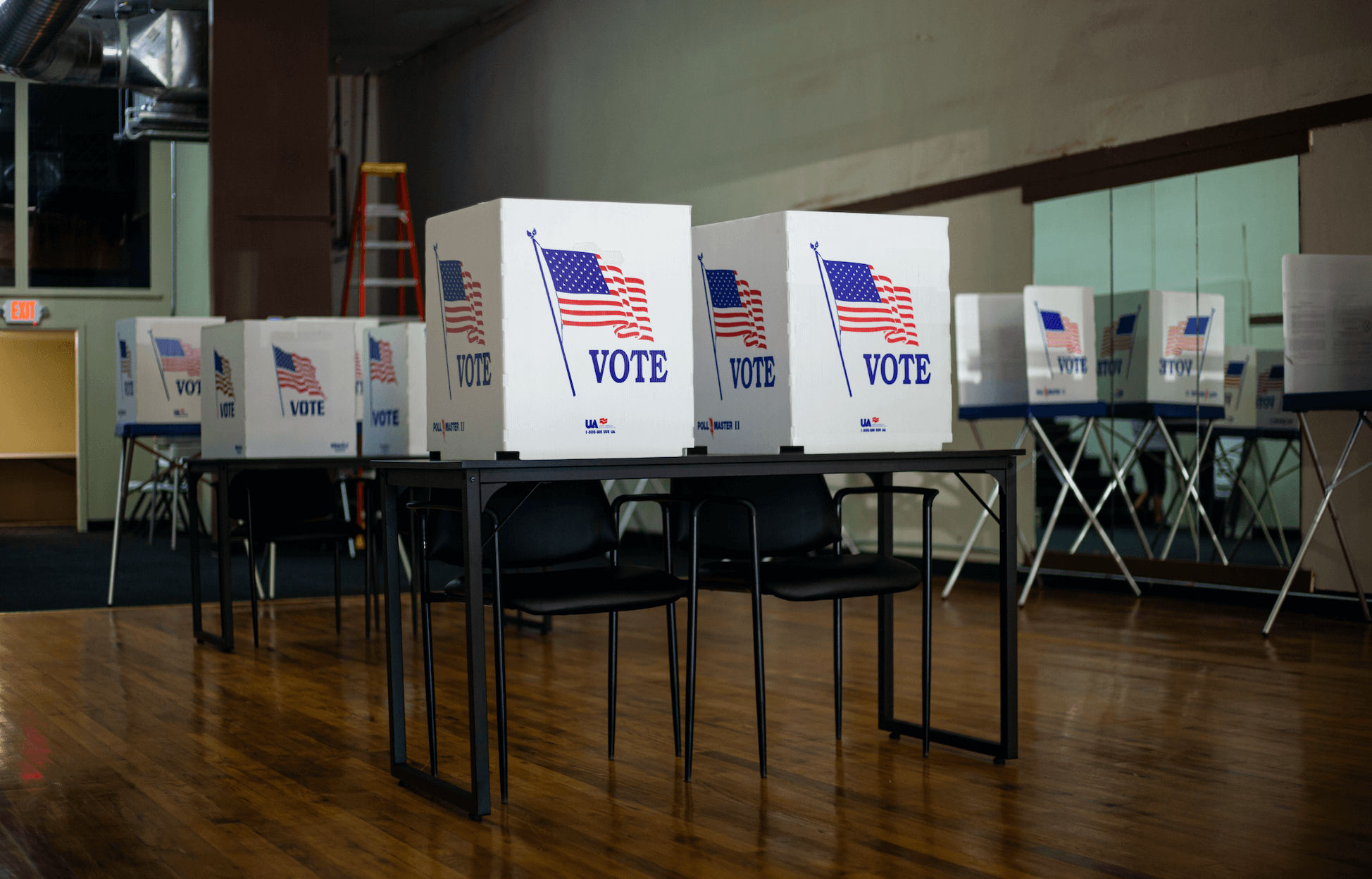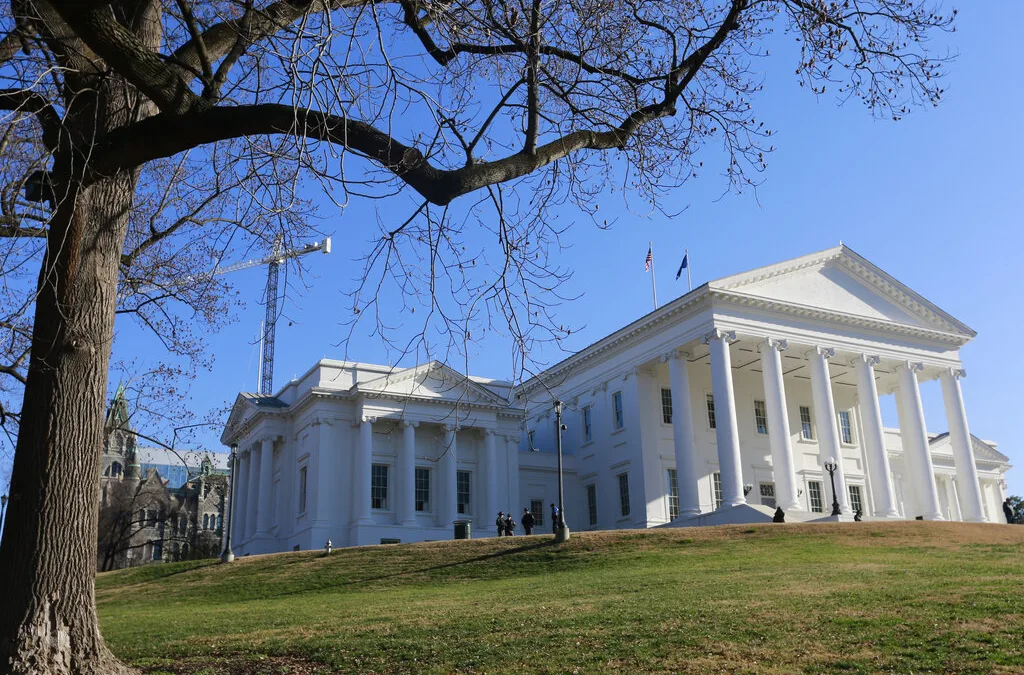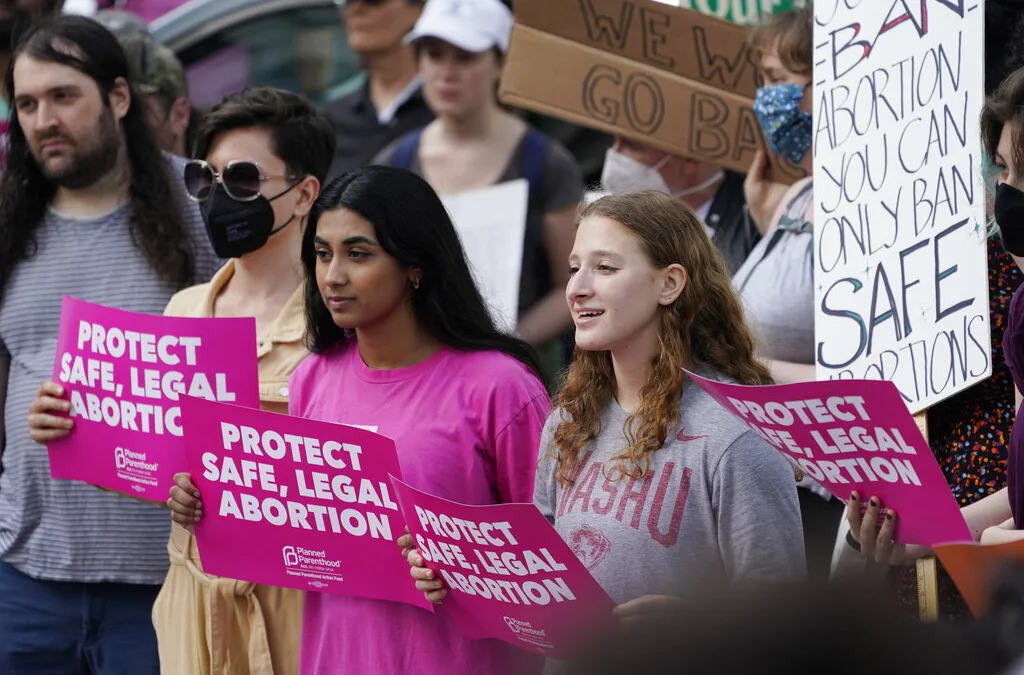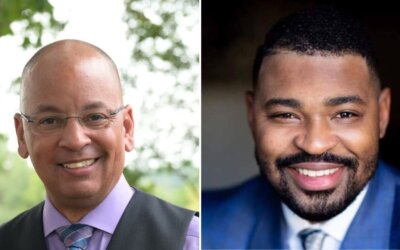
Virginians in the Southeast District voiced their concerns about the effect of unfair political advantages caused by electoral redistricting in the region at the Virginia Redistricting Commission public hearing Tuesday afternoon.
“I enjoy, as well as so many others, finely prepared dishes,” said Ophelia Wattley, City of Norfolk resident. “One of the features that makes these particular dishes so rich is finely chopping ingredients. That may be wonderful for enhancing flavor and presentation in dishes, but not so much for cities.”
Citizens representing all of the major southeastern cities and most of the surrounding counties were in attendance for the meeting. Despite differences in socio-economic status, culture and locality, these citizens pointed to a common theme: current districts maps don’t have community interests in mind.
“Our cities are all chopped very finely,” Wattley continued. “Unfortunately, too minutely.”
What Is the Virginia Redistricting Commission?
Previously, the General Assembly was responsible for drawing new electoral districts for the U.S. House of Representatives, Virginia State Senate, and the Virginia House of Delegates. Every ten years, they used Virginia census data to recreate district maps based on the movement of populations. These districts were required to be compact, contiguous, and to represent equal populations. That power recently changed hands after 11 years of struggle.
In 2018, the U.S. District Court for the Eastern District of Virginia ruled that 11 districts were racially gerrymandered to concentrate Black voters. Gerrymandering is the manipulation of districts to create unfair electoral advantages and marginalize political groups. The case here accuses the then Republican-led General Assembly of grouping Black residents into certain state House districts to diminish their voting power after the 2010 U.S. Census. Most of these districts included parts of Hampton Roads and Richmond.
In 2019, U.S. Supreme Court justices upheld the ruling. Because of state executive and legislative disagreements on redrawing the lines, judges selected a professor to devise a map for the next electoral cycle. Residents who voted in the November election may remember the ballot amendment question about establishing a bipartisan commission for redistricting. When the amendment passed, it moved the responsibility of redistricting from the General Assembly to the Virginia Redistricting Commission. Eight legislators and eight citizen members sit on the commission. Critics dispute the presence of any legislators on the commission, citing Virginia’s unfair history.
Commission Begins Public Hearings
The Code of Virginia ensures public participation in the process, requiring all meetings of the Commission have public access. Prior to proposing or voting on any redistricting plans, the Commission must hold public hearings in different parts of the Commonwealth to receive and consider comments from the public. Proponents of the amendment cite public participation as a step towards fair elections.
Greta Harris, a citizen-member of the commission from Richmond, led the third of eight public hearings across Virginia, saying it was time for “listening mode.” After receiving data from the US Census and hearing public comment, the commission will create its first draft map. After publishing in late summer, eight more public hearings will occur to solicit direct feedback on the maps.
“This time is for us to hear from you, to learn from you, and so we will not be taking questions or engaging in any discussion or debate this afternoon,” said Harris. “We are most interested in the factors you want this commission to consider when drawing your districts. And your thoughts about community and how you would or would not define it.”
So what do Southeast district residents want? As a collective, citizens had four main requests for the commission.
Hire Professional Mapmakers
Citizens began by saying they see selecting unbiased map creators as step one in establishing an unbiased redistricting process.
Judith Brown, representing the Virginia League of Women Voters of South Hampton Roads, asked the commission to “engage qualified professionals” in this process. The request harkens back to courts employing a professional mapmaker for the most recent redistricting. But the process of redrawing Virginia’s district maps has just begun, and the commission has not yet made any major decisions about its methodology for making new maps.
Throw Out Current District Lines
Instead of simply adjusting the current district map, commenters said the commission should start from scratch.
“Virginians want a fresh start, not tweaks to old maps,” said Virginia Beach resident Carolyn Caywood.
Janet Ross, a resident of James City County, called the distribution of district lines in her area “screwy,” and praised the commission for working to find another way.
“I don’t know of anything more important for us than to have fair elections and fair districts. So we really appreciate your work,” Ross said.
Ignore Where District Incumbents Live
Southeastern Virginians also want the commission to ignore the addresses of current lawmakers when drawing new maps.
Because of the the electoral advantages caused by unfair redistricting in Virginia, it’s possible for current representatives to live far away from the majority of their constituency. Vicki Williams, of Hampton, is a member of the National Delta Sigma Theta redistricting cohort. Williams says she wants to be “represented by people who know what goes on in the City of Hampton.”
Draw Compact Districts
Lastly, citizens want the commission to prioritize drawing compact districts. This, they said, will help legislators focus on local issues. One community member from Virginia Beach points to the shape of her district as an example of what she wants the commission to avoid.
“This is my district,” said Diana Howard, referencing an image similar to the one below. “This is the 81st District.”

There are three districts in between the eastern and western edges of her district’s borders. In Howard’s neighborhood, she says the majority of residents live in a separate district from her.
“Is this not ridiculous?” Howard asked.
One More Request for Commission Members
Though not a request related to map drawing, those who spoke during the meeting, which began at 2 p.m. on a Tuesday, also remarked that they hope future public meetings on redrawing district maps will be held at a more accessible time.
“We are all privileged to be here today, and [I] hope that the next hearing can happen when more of our working citizens can attend and speak,” said Melanie Cornelisse, a candidate running for office in the 78th House District.
Recordings of the commission’s meetings are available on their website.
The commission’s next public hearing is happening July 22. But, registration to add a virtual public comment at that meeting has already ended. To watch that meeting live, members of the public can view it on YouTube. For those who want the opportunity to make a virtual comment, the commission’s website says their public hearing on July 27 will open registration for comment submissions soon. Citizens can also attend that meeting in-person on the campus of George Mason University in Fairfax

VIDEO: Your support matters!
Your support matters! Donate today. @vadogwoodnews Your support matters! Visit our link in bio to donate today. #virginianews #virginia #community...

Op-Ed: Virginia’s new Democratic majorities pass key bills to improve your lives, but will Youngkin sign them?
The 2024 Virginia General Assembly regular session has wrapped up. It was a peculiar session from the outset, with Democratic majorities in the...

Op-Ed: Why Virginia Needs A Constitutional Amendment Protecting Reproductive Freedom
Virginia’s recent election season in 2023 drew in eyes from all over the country. Reproductive freedom was on the line and Virginia remained the...

From the state rock to the state flower, here’s how Virginia got its symbols
Have you ever wondered why the Dogwood is the state flower? Or how the cardinal became the state bird? We’re here to answer those questions and more...

VIDEO: Second-gentleman Douglas Emhoff gives speech on reproductive freedom
Second gentleman, Douglas Emhoff touched on reproductive freedom not only being a woman's issue but "an everyone's issue" during the Biden-Harris...

Glenn Youngkin and the terrible, horrible, no good, very bad night
Election Day 2023 has come and gone, and while there are votes to be counted, one thing is perfectly clear: Virginians unequivocally rejected Gov....




